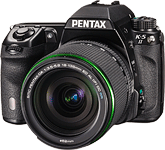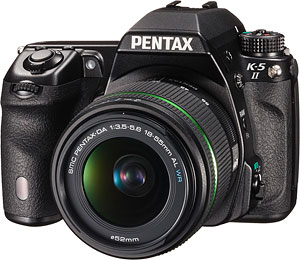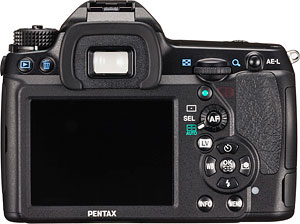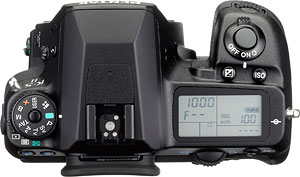Pentax K-5 II offers better autofocus and LCD; K-5 IIs boosts per-pixel sharpness
posted Monday, September 10, 2012 at 5:01 PM EST
For the third straight generation, Pentax Ricoh Imaging has retained almost exactly the same body for its new Pentax K-5 II and K-5 IIs digital SLRs. That's not surprising: we weren't alone in heaping praise on the body they share with the earlier K-7 and K-5 models. What is rather surprising, though, is just how much else they share with their immediate predecessor. Both new and old cameras are as near-indistinguishable under the skin as they are on the outside, with only a few key differences. One of these, though, aims to answer a common criticism of the company's recent SLRs. In the process, it vaults the company to the top of the tables in terms of low-light autofocusing capabilities--on paper at least.
Along with the refreshed autofocus system, Pentax has also gifted the K-5 II and K-5 IIs with an updated LCD display whose tougher surface better-matches the rest of the cameras' rugged, weather-sealed bodies. Better still, the new display should provide a clearer image when shooting outdoors, with glare presenting less of an issue. The Pentax K-5 II and IIs also bests their predecessor by a significant margin in terms of launch pricing, although they still list for a fair bit above the current street pricing of the earlier camera. And they retain everything else that made their predecessor so popular, albeit accompanied by a few things we find ourselves wishing the company had changed.
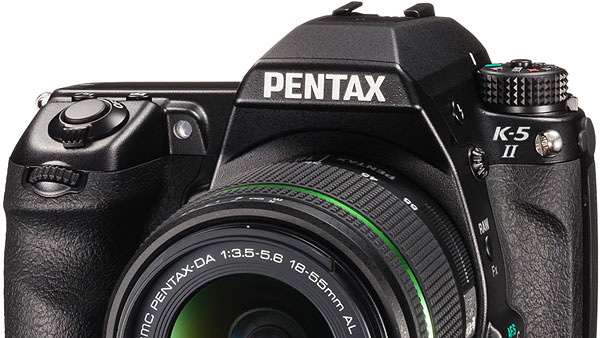
So how do the Pentax K-5 II and K-5 IIs differ from each other? Pentax has borrowed a page from Nikon's playbook, offering two variants of the same camera, and removing the optical low-pass filter from one. That should allow greater per-pixel sharpness, but at the expense of increased incidence of moiré patterns, false colors, and other aliasing artifacts. In other respects, the specialist Pentax K-5 IIs is identical to its mainstream sibling--all bar the price, anyway.
Available from October 2012, the Pentax K-5 II will carry list pricing of around US$1,200 body-only, a full US$400 less than the price at which its predecessor originally launched. Pentax will charge around a 10% premium for the K-5 IIs, with list pricing for that model set at around US$1,300. For the standard K-5 II only, Pentax will also offer two kit versions bundling weather-sealed lenses. The 18-55mm kit will list at around US$1,350, while the 18-135mm kit will sell for about US$1,550. No kit version will be offered for the K-5 IIs.
Want to know more about Pentax's brand-new APS-C flagship camera? Read our Pentax K-5 II preview! And for more info on the OLPF-free variant, take a look at the Pentax K-5 IIs preview.
(131 x 97 x 73 mm)
APS-C (approx. 1.12 in. diagonal)
16.93 megapixels (total)
16.30 megapixels (effective)
3936 x 2624 (10.3 megapixels)
3072 x 2048 (6.3 megapixels)
1728 x 1152 (2.0 megapixels)
27 - 83mm (35mm equivalent)
Has AF assist lamp
Manual focus possible
Modes: P-TTL, Red-eye reduction, Slow-speed sync, Rear Curtain Sync. High-Speed Sync and Wireless Sync also available with PENTAX dedicated external flash.
Range: Depends on lens
K-5 IIs differs only in the removal of the optical low-pass filter.
